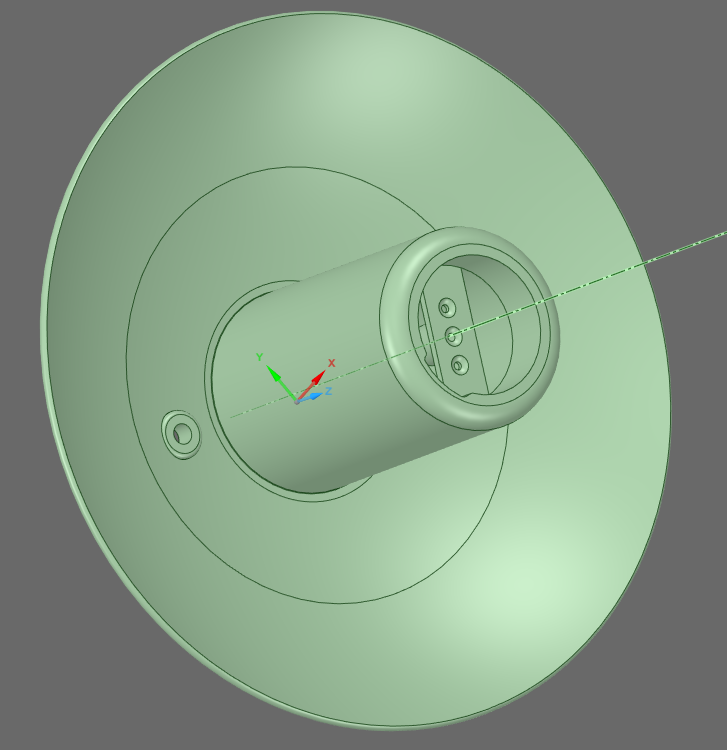Here you can see a part we helped a customer with. We received the original white plastic part that was no longer in production, and there were no 3D files. Therefore, 3D printing was impossible initially.
First, we 3D scanned the part to get initial geometric data. Below is a before and after image of the scan data vs the CAD 3D files. Structured-light scanning can only capture areas of the part light can hit, and reflective surfaces can cause some gaps in data. To counter this, we also took some hand measurements to reference.
Then, using a program called Spaceclaim we extracted profiles of subsections of the part, and rebuilt the geometry in CAD. By doing this, it is very easy to add features in exact dimensions (think holes, hooks, attachments, etc.). It also created a clean/smooth data surface to tell a 3D printer how to build the part without a bumpy or messy surface, as well as accurately create holes etc. that 3D scanning will not capture.

